HSBC 2005 Annual Report Download - page 79
Download and view the complete annual report
Please find page 79 of the 2005 HSBC annual report below. You can navigate through the pages in the report by either clicking on the pages listed below, or by using the keyword search tool below to find specific information within the annual report.-
 1
1 -
 2
2 -
 3
3 -
 4
4 -
 5
5 -
 6
6 -
 7
7 -
 8
8 -
 9
9 -
 10
10 -
 11
11 -
 12
12 -
 13
13 -
 14
14 -
 15
15 -
 16
16 -
 17
17 -
 18
18 -
 19
19 -
 20
20 -
 21
21 -
 22
22 -
 23
23 -
 24
24 -
 25
25 -
 26
26 -
 27
27 -
 28
28 -
 29
29 -
 30
30 -
 31
31 -
 32
32 -
 33
33 -
 34
34 -
 35
35 -
 36
36 -
 37
37 -
 38
38 -
 39
39 -
 40
40 -
 41
41 -
 42
42 -
 43
43 -
 44
44 -
 45
45 -
 46
46 -
 47
47 -
 48
48 -
 49
49 -
 50
50 -
 51
51 -
 52
52 -
 53
53 -
 54
54 -
 55
55 -
 56
56 -
 57
57 -
 58
58 -
 59
59 -
 60
60 -
 61
61 -
 62
62 -
 63
63 -
 64
64 -
 65
65 -
 66
66 -
 67
67 -
 68
68 -
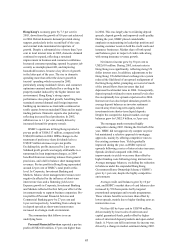 69
69 -
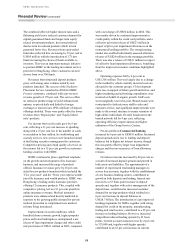 70
70 -
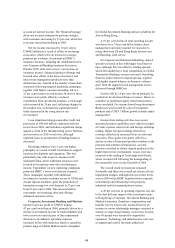 71
71 -
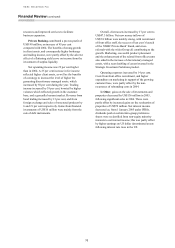 72
72 -
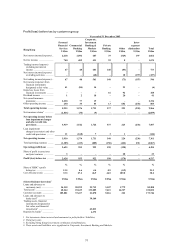 73
73 -
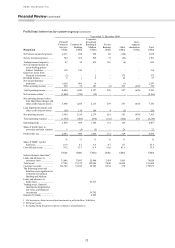 74
74 -
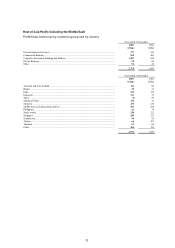 75
75 -
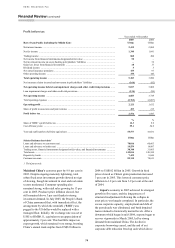 76
76 -
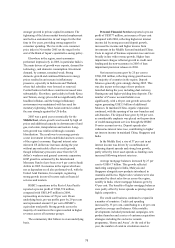 77
77 -
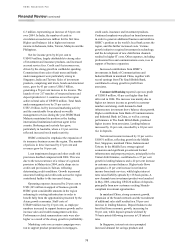 78
78 -
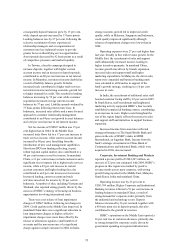 79
79 -
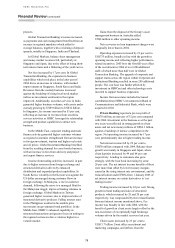 80
80 -
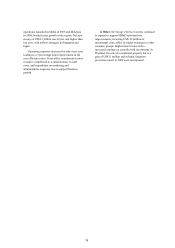 81
81 -
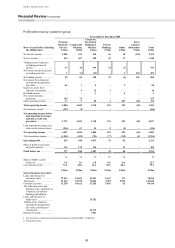 82
82 -
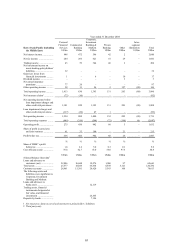 83
83 -
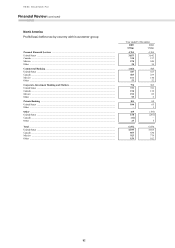 84
84 -
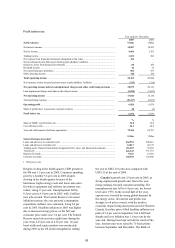 85
85 -
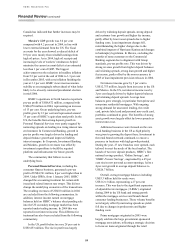 86
86 -
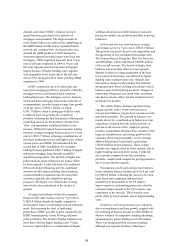 87
87 -
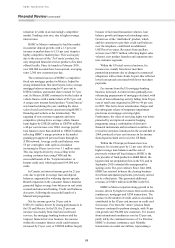 88
88 -
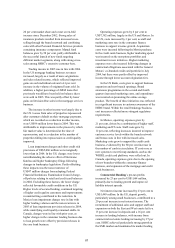 89
89 -
 90
90 -
 91
91 -
 92
92 -
 93
93 -
 94
94 -
 95
95 -
 96
96 -
 97
97 -
 98
98 -
 99
99 -
 100
100 -
 101
101 -
 102
102 -
 103
103 -
 104
104 -
 105
105 -
 106
106 -
 107
107 -
 108
108 -
 109
109 -
 110
110 -
 111
111 -
 112
112 -
 113
113 -
 114
114 -
 115
115 -
 116
116 -
 117
117 -
 118
118 -
 119
119 -
 120
120 -
 121
121 -
 122
122 -
 123
123 -
 124
124 -
 125
125 -
 126
126 -
 127
127 -
 128
128 -
 129
129 -
 130
130 -
 131
131 -
 132
132 -
 133
133 -
 134
134 -
 135
135 -
 136
136 -
 137
137 -
 138
138 -
 139
139 -
 140
140 -
 141
141 -
 142
142 -
 143
143 -
 144
144 -
 145
145 -
 146
146 -
 147
147 -
 148
148 -
 149
149 -
 150
150 -
 151
151 -
 152
152 -
 153
153 -
 154
154 -
 155
155 -
 156
156 -
 157
157 -
 158
158 -
 159
159 -
 160
160 -
 161
161 -
 162
162 -
 163
163 -
 164
164 -
 165
165 -
 166
166 -
 167
167 -
 168
168 -
 169
169 -
 170
170 -
 171
171 -
 172
172 -
 173
173 -
 174
174 -
 175
175 -
 176
176 -
 177
177 -
 178
178 -
 179
179 -
 180
180 -
 181
181 -
 182
182 -
 183
183 -
 184
184 -
 185
185 -
 186
186 -
 187
187 -
 188
188 -
 189
189 -
 190
190 -
 191
191 -
 192
192 -
 193
193 -
 194
194 -
 195
195 -
 196
196 -
 197
197 -
 198
198 -
 199
199 -
 200
200 -
 201
201 -
 202
202 -
 203
203 -
 204
204 -
 205
205 -
 206
206 -
 207
207 -
 208
208 -
 209
209 -
 210
210 -
 211
211 -
 212
212 -
 213
213 -
 214
214 -
 215
215 -
 216
216 -
 217
217 -
 218
218 -
 219
219 -
 220
220 -
 221
221 -
 222
222 -
 223
223 -
 224
224 -
 225
225 -
 226
226 -
 227
227 -
 228
228 -
 229
229 -
 230
230 -
 231
231 -
 232
232 -
 233
233 -
 234
234 -
 235
235 -
 236
236 -
 237
237 -
 238
238 -
 239
239 -
 240
240 -
 241
241 -
 242
242 -
 243
243 -
 244
244 -
 245
245 -
 246
246 -
 247
247 -
 248
248 -
 249
249 -
 250
250 -
 251
251 -
 252
252 -
 253
253 -
 254
254 -
 255
255 -
 256
256 -
 257
257 -
 258
258 -
 259
259 -
 260
260 -
 261
261 -
 262
262 -
 263
263 -
 264
264 -
 265
265 -
 266
266 -
 267
267 -
 268
268 -
 269
269 -
 270
270 -
 271
271 -
 272
272 -
 273
273 -
 274
274 -
 275
275 -
 276
276 -
 277
277 -
 278
278 -
 279
279 -
 280
280 -
 281
281 -
 282
282 -
 283
283 -
 284
284 -
 285
285 -
 286
286 -
 287
287 -
 288
288 -
 289
289 -
 290
290 -
 291
291 -
 292
292 -
 293
293 -
 294
294 -
 295
295 -
 296
296 -
 297
297 -
 298
298 -
 299
299 -
 300
300 -
 301
301 -
 302
302 -
 303
303 -
 304
304 -
 305
305 -
 306
306 -
 307
307 -
 308
308 -
 309
309 -
 310
310 -
 311
311 -
 312
312 -
 313
313 -
 314
314 -
 315
315 -
 316
316 -
 317
317 -
 318
318 -
 319
319 -
 320
320 -
 321
321 -
 322
322 -
 323
323 -
 324
324 -
 325
325 -
 326
326 -
 327
327 -
 328
328 -
 329
329 -
 330
330 -
 331
331 -
 332
332 -
 333
333 -
 334
334 -
 335
335 -
 336
336 -
 337
337 -
 338
338 -
 339
339 -
 340
340 -
 341
341 -
 342
342 -
 343
343 -
 344
344 -
 345
345 -
 346
346 -
 347
347 -
 348
348 -
 349
349 -
 350
350 -
 351
351 -
 352
352 -
 353
353 -
 354
354 -
 355
355 -
 356
356 -
 357
357 -
 358
358 -
 359
359 -
 360
360 -
 361
361 -
 362
362 -
 363
363 -
 364
364 -
 365
365 -
 366
366 -
 367
367 -
 368
368 -
 369
369 -
 370
370 -
 371
371 -
 372
372 -
 373
373 -
 374
374 -
 375
375 -
 376
376 -
 377
377 -
 378
378 -
 379
379 -
 380
380 -
 381
381 -
 382
382 -
 383
383 -
 384
384 -
 385
385 -
 386
386 -
 387
387 -
 388
388 -
 389
389 -
 390
390 -
 391
391 -
 392
392 -
 393
393 -
 394
394 -
 395
395 -
 396
396 -
 397
397 -
 398
398 -
 399
399 -
 400
400 -
 401
401 -
 402
402 -
 403
403 -
 404
404 -
 405
405 -
 406
406 -
 407
407 -
 408
408 -
 409
409 -
 410
410 -
 411
411 -
 412
412 -
 413
413 -
 414
414 -
 415
415 -
 416
416 -
 417
417 -
 418
418 -
 419
419 -
 420
420 -
 421
421 -
 422
422 -
 423
423 -
 424
424
 |
 |
77
consequently deposit balances grew by 13 per cent,
while deposit spreads increased by 13 basis points.
Lending balances rose by 27 per cent, following the
selective recruitment of more experienced
relationship managers and a reorganisation of
customers into key industrial sectors to provide
greater focus on identifying service opportunities.
Asset spreads decreased by 42 basis points as a result
of competitive pressures and market liquidity.
In Taiwan, a loyalty campaign designed to
increase deposits, together with higher current
account income and an increase in deposit spreads,
contributed to an 80 per cent increase in net interest
income. In Mauritius, net interest income doubled as
a result of liability balance growth. In India,
increased trade contributed to higher trade services
net interest income and strong economic growth led
to higher demand for credit. This resulted in lending
balances increasing by 72 per cent, while customer
acquisition increased average current account
balances by 37 per cent. Liability spreads widened by
73 basis points following interest rate rises. In
Indonesia, increased sales efforts and a more focused
approach to customer relationship management
contributed to an 84 per cent growth in asset balances
and a 66 per cent increase in net interest income.
Net fee income of US$307 million was 15 per
cent higher than in 2004. In the Middle East,
increased trade flows led to a 17 per cent increase in
trade services income, while current account income
increased by 80 per cent, benefiting from the
introduction of new cash management capabilities.
Short-term IPO loan funding reflecting, in part,
robust regional capital market, also contributed to a
40 per cent increase in net fee income. In mainland
China, a 31 per cent increase in trade customers and a
significant rise in imports led to higher trade services
income, while a 49 per cent increase in current
account customers and higher lending fees also
contributed to an 8 per cent increase in fee income.
Increased lending, current account and trade
activities raised net fee income by 30 per cent in
Indonesia. A number of sites, including Vietnam and
Thailand, also reported strong growth, driven by the
success of HSBC’s strategy of focusing on business
opportunities involving international trade.
There was a net release of loan impairment
charges of US$67 million, following net charges in
2004. Credit quality in the Middle East improved. In
mainland China there was a significant reduction in
loan impairment charges as higher collective
impairment charges were more than offset by the
release of allowances against a small number of
accounts and the non-recurrence of a significant
charge against a single customer in 2004. In India,
strong economic growth led to improved credit
quality, while in Malaysia, Singapore and Indonesia,
credit quality improved significantly although
releases of impairment charges were lower than in
2004.
Operating expenses were 27 per cent higher than
last year, broadly in line with revenue growth. In the
Middle East, the recruitment of sales and support
staff substantially increased income, leading to
higher incentive payments. In mainland China,
revenue growth was driven by branch expansion,
increased sales and support staff and higher
marketing expenditure. In Malaysia, the direct sales
teams were expanded and business banking units
were extended to all branches in support of the
bank’s growth strategy, resulting in a 16 per cent
increase in costs.
In India, the recruitment of additional sales staff
boosted customer facing staff by 85 per cent in 2005.
In South Korea, staff recruitment and heightened
marketing activity supported HSBC’s four recently
established commercial banking centres, contributing
to an increase in costs. Higher costs throughout the
rest of the region largely reflected increases in sales
and support staff and initiatives to support business
expansion.
Increased income from associates reflected
strong performance in The Saudi British Bank and
gains on the sale of HSBC’s stake in MISR
International, an Egyptian Bank. Income from the
bank’s strategic investments in China, Bank of
Communications and Industrial Bank, which were
acquired in 2004, also increased.
Corporate, Investment Banking and Markets
reported a pre-tax profit of US$1,207 million, an
increase of 22 per cent compared with 2004. HSBC’s
progress in this region was marked by positive
revenue trends across most countries, with strong
growth being reported in the Middle East, Malaysia,
South Korea, India and mainland China.
Operating income rose by 25 per cent to
US$1,769 million. Higher Corporate and Institutional
Banking revenues reflected a 53 per cent increase in
lending balances in mainland China, a result of
strong demand for corporate credit, primarily from
the industrial and technology sector. Deposit
balances increased by 36 per cent and, together with
a 40 basis point rise in deposit spreads, this also
contributed to the growth in revenues.
HSBC’s operations in the Middle East reported a
63 per cent rise in customer advances, primarily due
to strong demand for corporate credit, driven by
government spending on regional infrastructure
